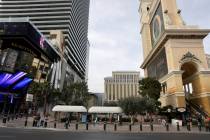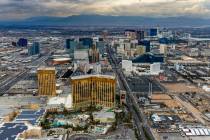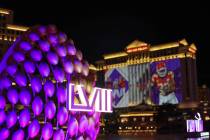Maryland looks to cash in on casino expansion
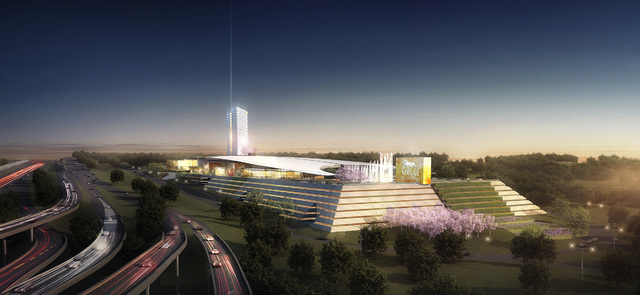
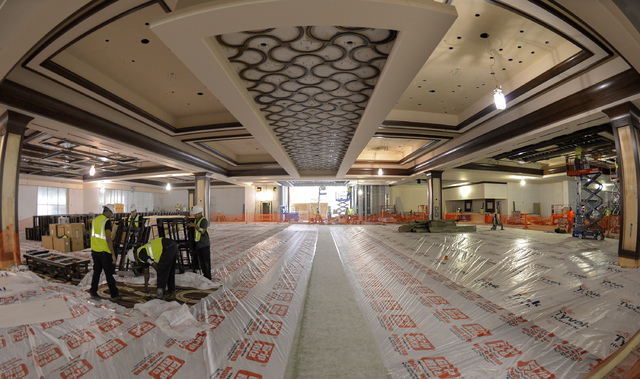





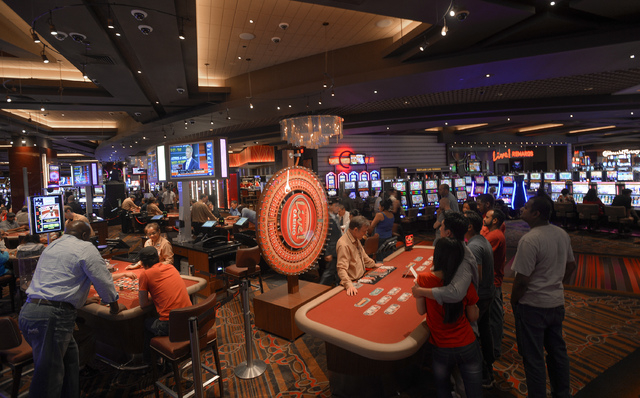

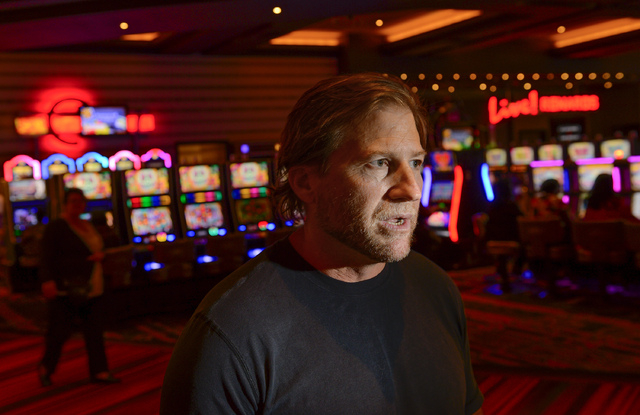


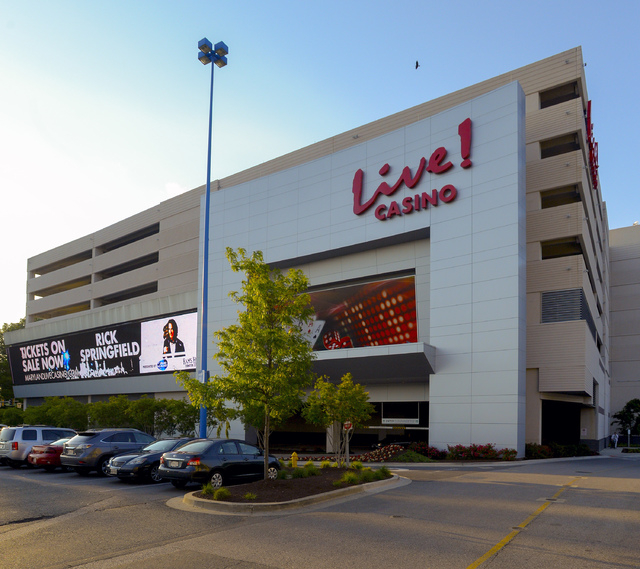












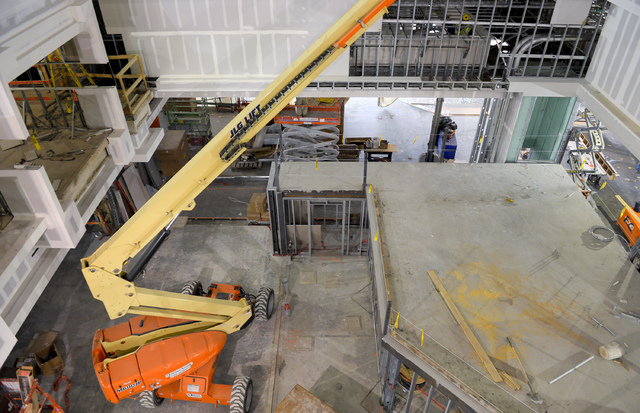

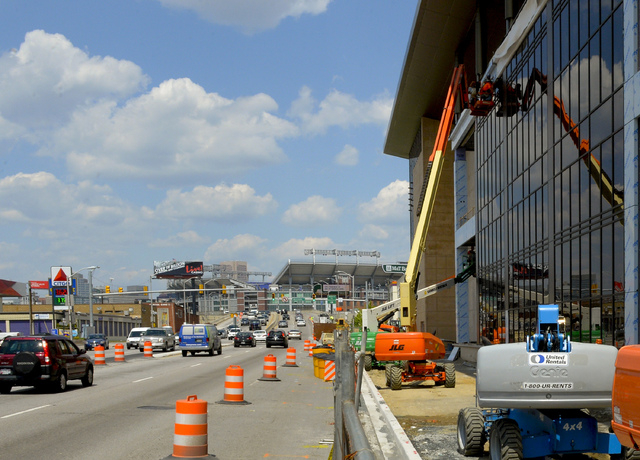
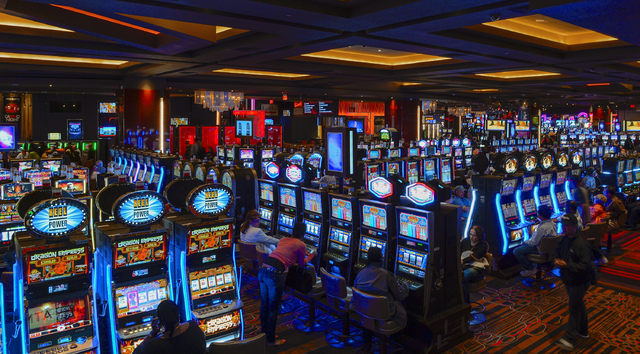


OXON HILL, Md.
A few blocks up the road from a new 85-store outlet mall and across the street from the historical Oxon Hill Manor is Thomas Addison Elementary School.
The building has seen better days.
Plywood and graffiti cover the shattered windows of the school, which has sat unused for more than a decade. The 7-acre site is overgrown with weeds.
Welcome to the future home of MGM Resorts International’s construction, training and job recruitment center for the $925 million MGM National Harbor.
The casino company told Prince George’s County this year it will spend $4 million to renovate, upgrade and restore the old school as it hires the 3,600 employees needed for the 300-room hotel, casino and entertainment complex to be built nearby.
After MGM National Harbor opens in 2016, MGM Resorts plans to return the rebuilt school to Prince George’s County.
“It’s a win-win all-around,” MGM National Harbor President Lorenzo Creighton said. “It gives us the construction office and employee training facility that we need and gives the county an all-new building that had been an eyesore.”
The cost is minimal and the goodwill immeasurable to MGM Resorts, which has a market capitalization of $12.6 billion.
The idea shows the care MGM Resorts has taken in its two-year campaign to plant its flag in what may be one of America’s most lucrative regional gaming destinations: the banks of the Potomac River near the nation’s capital, 2,400 miles from its corporate headquarters.
“Given its ideal location, with no other competition around it, and the strong gaming demographics surrounding the Washington, D.C., Northern Virginia area, we believe MGM will have a home run property on its hands,” Stifel Nicolaus Capital Markets gaming analyst Steven Wieczynski said.
Credit Suisse gaming analyst Joel Simkins said the project in the National Harbor complex — which already includes hotels, condominiums and town houses, restaurants, shops and entertainment venues — will easily attract visitors from across the region.
“We see MGM’s National Harbor project as being a rare instance today of a new regional casino that could grow the market, given a compelling location and the ability to draw tourists perhaps visiting Washington D.C., to see the typical attractions as well as convention customers already in the market,” Simkins said.
MGM National Harbor is just part of Maryland gaming’s overall picture. Some analysts said the market will overtake neighboring gaming destinations and steal business from other casinos on the East Coast.
REGION TO HAVE UNIQUE ATTRACTION
No one will mistake the highways connecting Washington, D.C., and Baltimore for the Strip, but the region will soon become its own unique gaming industry case study. The 40-mile stretch will be home to half of the state’s six gaming licenses by 2016, and may generate more than 90 percent of Maryland’s total gaming revenue.
Caesars Entertainment Corp. is spending $442 million to open the 122,000-square-foot Horseshoe Casino Baltimore by August. The casino, with no hotel, is in an urban setting near the city’s sports stadiums, close to the famed Inner Harbor.
Caesars plans to tap into its Total Rewards players database and market the property to loyal locals. Horseshoe General Manager Chad Barnhill expects the facility to attract fans of the National Football League’s Baltimore Ravens and Major League Baseball’s Baltimore Orioles, before and after games.
Maryland Live! in Anne Arundel County opened in June 2012. The casino, owned by the Baltimore-based Cordish Cos., had a built-in customer attraction, the adjacent 250-store Arundel Mills Mall, which attracts 12 million visitors a year.
But don’t call the 250,000-square-foot Maryland Live! a neighborhood casino.
“We’re really a destination for the region,” Cordish President Joe Weinberg said. “We’re pulling customers from a good 60 miles to 75 miles away from the facility on a regular basis.”
Maryland Live!, 15 miles from downtown Baltimore, accounted for 80 percent of Maryland’s $71.4 million in gaming revenue in April.
MGM National Harbor will be different. The resort, with a 135,000-square-foot casino, 1,200-seat theater, meeting space, retail and a spa, is expected to draw national and international visitors.
“We wanted to build something that is iconic, but also differentiates itself from the others in the market,” Creighton said.
Industry consensus is that the market, which includes 6 million people and several of the nation’s most affluent counties, will support all three properties.
“When you take into account the communities in northern Virginia, you’re talking about the fourth-largest marketplace in the U.S.,” Baltimore Washington Corridor Chamber of Commerce President Walter Townshend said. “We believe in the American spirit of free enterprise and competition will work.”
revenue potential offsets taxes
Not that the enterprise is entirely free: Maryland has a 61 percent tax on slot machine revenue and a 20 percent tax on table game revenue. The state also charges a 6 percent tax on restaurant meals and a 9 percent tax on alcohol sales.
But for the companies, revenue potential offsets the relatively high tax burden.
Maryland will have only six casinos, while neighboring Virginia shows little interest in gaming expansion.
Maryland opened its first casino in 2010 with slot machines only. After table games were allowed in mid-2013, gaming revenue shot up 97.7 percent, to $746.9 million in 2013 compared with $377.8 million in 2012. Revenue is projected to top $844 million by year’s end.
The idea that Maryland residents were taking their gaming dollar to neighboring Delaware, West Virginia, Pennsylvania and New Jersey drove the casino expansion
“Maryland residents were spending millions outside of the state,” said Jon Peterson, principal in Peterson Cos., which developed National Harbor and is providing MGM Resorts with a 23-acre hotel-casino site. “Why allow that money to go out state? It should stay here. At the end of the day, that message got through.”
Wieczynski, who is based in Baltimore, worries that the thirst for additional tax dollars is driving states and local governments to oversaturate the larger market.
“Gaming supply in North America has grown substantially over the past 10 years while demand, for the most part, has stayed stable,” he said. “It’s not a good equation.”
But not all of Maryland’s elected leaders see gaming as a goal unto itself.
The Baltimore-Washington corridor already has a deep employment base that includes the headquarters for the National Security Agency, Fort Meade Army base and corporate offices for Northrop Grumman Corp., a global security company. Prince George’s County is in the running for a new $2 billion FBI headquarters.
“It adds another component to the corridor,” Townshend said of the potential growth destination gaming.
Prince George’s County Executive Rushern Baker III opposed casino legalization when he was a state lawmaker. And voters in his county rejected gaming in the first phase of legalization.
But Prince George’s County residents’ minds changed because of the idea that a resort with gaming would increase visitation and that MGM National Harbor would be a magnet attracting businesses.
“MGM is a brand name and it allows us to speak on economic development,” Baker said. “We know we can attract businesses to build around the project.”
Dominick Murray, secretary of Maryland’s Business and Economic Development Department, views gaming as just one industry in the state’s plan to attract business. But the casinos are a key factor in driving tourism, which provided 135,000 jobs in 2012 while attracting 28 million visitors who spent $15 billion.
“We think gaming offers a tremendous opportunity for the state,” Murray said.
Contact reporter Howard Stutz at hstutz@reviewjournal.com or 702-477-3871. Follow @howardstutz on Twitter.











